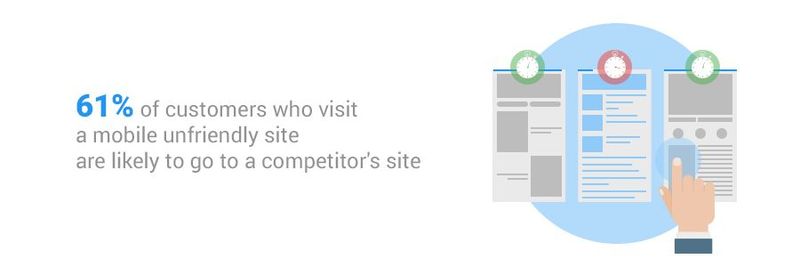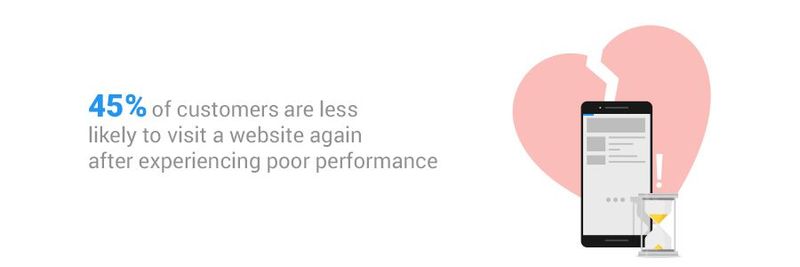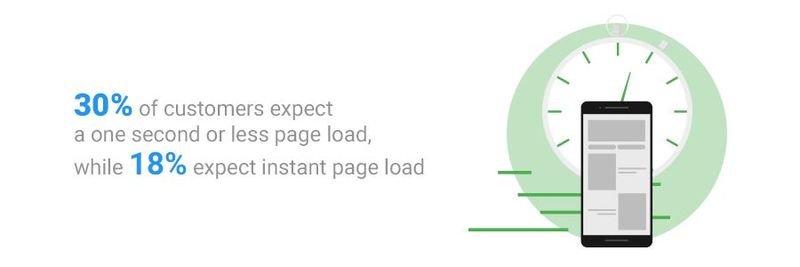What makes a great mobile experience? New research shows that consumers care about mobile speed and usability, but businesses are failing to meet their expectations.
Consumer expectations for fast and easy-to-use mobile experiences are higher than ever. And they will continue to rise as more and more users - especially those in emerging markets - make the leap to a mobile-first world.
But despite the ubiquity of mobile, brands are finding it difficult to keep up with growing consumer expectations for better mobile experiences. Brands are no longer competing with the best experience in their category, they are competing with the best digital experience a consumer has ever had. A shopper who can purchase an item in one or two taps on a retail app will hold the same standards of speed and convenience to her bank app when she deposits a cheque or a travel site when she books a flight.  If those expectations aren’t met, the outcome could be costly - especially if switching costs are low. A research conducted by ThinkWithGoogle, shows that if consumers are faced with a mobile unfriendly site, 61 percent are likely to go to a competitor’s site instead. 45 percent are less likely to visit a website again if they had a poor experience.
If those expectations aren’t met, the outcome could be costly - especially if switching costs are low. A research conducted by ThinkWithGoogle, shows that if consumers are faced with a mobile unfriendly site, 61 percent are likely to go to a competitor’s site instead. 45 percent are less likely to visit a website again if they had a poor experience. 
To help brands better understand best practices in mobile UX and site speed, ThinkWithGoogle benchmarked 316 mobile sites in the travel, retail and finance verticals across Europe and found out that usability and speed are the cornerstones of excellence for brand experiences on mobile.
Who does it best, now?
Consumers are shifting their thinking from “who does it best” to “who does it best, now”. Fast mobile experiences are table stakes for businesses. But consumers are not willing to make a trade off between usable experiences and a fast one. They demand that it be both. In fact, 30% of consumers expect a one second or less page load, while 18% expect a page to load instantly. 
But while almost half of consumers expect nearly instant access to information, there is still a gap in what brands are delivering. The same study used 0-2 seconds as the target page speed for all mobile websites and only 14 passed that benchmark to qualify as ‘Good’. Across retail, travel and finance the average page load time is 4.4 seconds.
If you think a difference in 2.4 seconds is marginal, consider this: If you have 10,000 visitors to your site in one day, that’s almost 7 hours of lost time. That’s the equivalent of your business being closed on a Tuesday. The simple truth is: speed matters.
Make it useful and useable!
How easy is your mobile site to navigate and use? If you’re a retailer, are your customers able to quickly search for what they want, research products, and then make a purchase with as little friction as possible? Do you pre-populate data for returning customers or provide a single-screen checkout for convenience?
The study shows big gaps across the 20 top mobile sites for travel, retail and finance. Finance sites are the most unusable, with 30% using desktop pages on a mobile experience.
More importantly, usability decreases the further you go down the conversion path. While brands invest in homepage design and navigation, most times the product pages or conversion pages, such as a registration page or checkout, are the most neglected.
Source: ThinkWithGoogle




